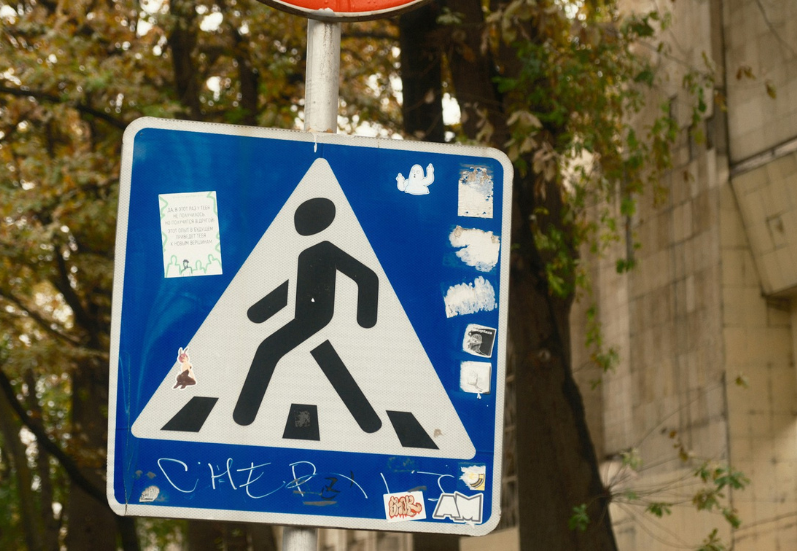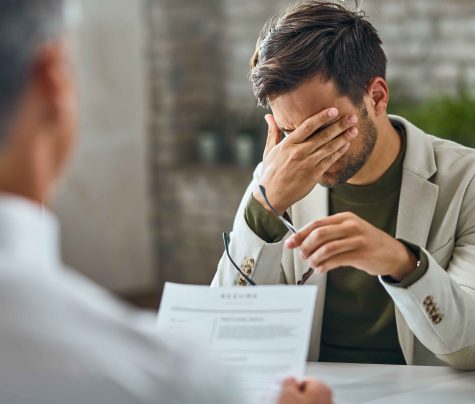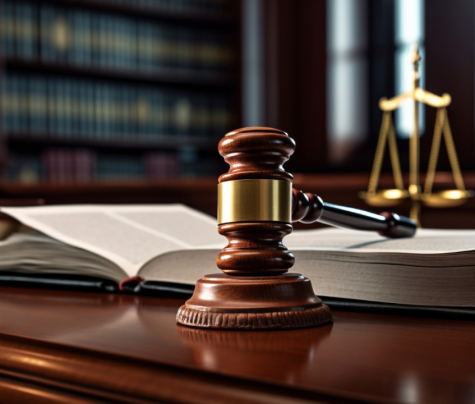
Pedestrian accidents can lead to very serious injuries that could change a person’s whole life forever.
Such people who were injured have the right to get justice if the accidents happen due to the negligence of another person.
One of the most important points in the process of holding persons who committed a negligent act responsible and obtaining compensation for medical bills, lost wages, and other damages is demonstrating negligence.
Nevertheless, in most cases, it is not easy to prove a driver’s fault in an accident with a pedestrian.
Normally, it will require an explicit indication that the driver or even another person did not follow the law and did not keep their legal duty of care.
So, what is this pedestrian negligence? And how can you prove it?
Hi. In today’s blog, these are some of the things that I will be talking about. So, if that is what you want to know, keep reading this article till the end and thank me later…
What Is Pedestrian Negligence In An Accident?
First things first: what is this pedestrian negligence?
In a pedestrian accident, negligence occurs when a person, typically a driver, fails to exercise reasonable care, resulting in harm to someone on foot.
In legal terms, negligence is the failure to act as a reasonable person would under similar circumstances.
For pedestrian accidents, this often involves drivers who do the following:
- Overspeed
- Fail to yield at crosswalks
- Drive under the influence
- Run red lights
- They are distracted by their phones
However, pedestrians can also be found negligent if they cross streets outside of designated areas or ignore traffic signals. To establish negligence in these kinds of cases, some important elements must be proven.
Since drivers owe a duty of care to the pedestrian, they must have breached that duty of care to the pedestrian.
This breach must also have directly caused the accident. Then, the pedestrian must have suffered actual harm or loss as a result.
It is important to understand negligence to determine who is at fault and whether compensation can be recovered.
It’s the foundation of most personal injury claims and guides both negotiations and court decisions in pedestrian accident settlements.
Important Elements In Proving Pedestrian Negligence In An Accident Case
You must establish certain elements to prove negligence in a pedestrian accident case successfully.
These elements form the legal base of your case. Each aspect builds on another, and they all help to demonstrate that the driver’s actions led to your injuries.
So, let’s check out these elements:
Duty of Care
Duty of care is an important element in proving negligence in a pedestrian accident case. It refers to the legal obligation drivers have to use their vehicles safely and responsibly to avoid posing harm to others, including pedestrians.
This duty includes:
- Staying alert.
- Obeying traffic laws.
- Yielding the right of way..
To establish negligence, the injured pedestrian, the victim, must show that the driver owed them this duty and failed to uphold it, causing the accident.
Breach of Duty
Breach of duty occurs when a driver fails to uphold the legal responsibility to act with reasonable care toward pedestrians.
In a pedestrian accident case, proving a breach means showing that the driver acted carelessly or unlawfully. This may be speeding or texting while driving.
This violation or unexpected behavior is vital to a negligence claim. If the driver did not meet the standard of care that a reasonable person normally would, it supports the claim that their actions caused the accident.
Causation
Causation is a crucial factor in demonstrating negligence in a case involving a pedestrian accident.
It shows how the driver’s breach of duty is directly related to the pedestrian’s injuries. The driver’s act or failure to act must be the real reason for the accident that needs to be proven.
In other words, the injury could not have occurred if the driver had not been negligent, and the damage was a predictable result of their conduct. Evidence of clear causation is necessary to establish legal liability of the driver for the injuries.
Damages
Damages are the final key element in proving negligence in a pedestrian accident case. They refer to the actual harm suffered by the pedestrian, which may include the following:
- Physical injuries
- Emotional distress
- Medical expenses
- Lost income
- Pain and suffering
For a successful pedestrian accident claim, the injured party must provide evidence of these damages, such as medical records, bills, or testimony.
Without proof of damages, there will be no legal basis for compensation, even if negligence occurred.
However, if you’re in the area, a Nashville pedestrian accident lawyer can help you fight for your rights.
Important Evidence to Strengthen Your Pedestrian Accident Case
You must gather the right evidence to build a strong case if you’ve suffered a pedestrian accident.
Without it, proving negligence can be difficult, so here are the important types of evidence you’ll need.
Eyewitness Testimonies
Eyewitness testimonies can be a crucial element in building a solid pedestrian accident case.
Such testimonies offer a factual storyline of the ways in which the accident happened and can back up your side of the story.
Witnesses could be really helpful here by giving some details, for instance, the speed of the car, if the driver yielded or not, or if there were any violations of traffic signs.
Not only can their declarations set the issue and prove your case in the courtroom while negotiating settlements, but also the presence of reliable eyewitnesses can make your case much more convincing.
Traffic Cam Footage
In pedestrian accident cases, video evidence is of course very important, but traffic cam footage is a more powerful type of evidence than that.
They give the incident a visual description from the place and time there it is most objective thus making it easy to understand the accident cause.
The driver’s actions along with traffic signals and the victim’s movements, are captured in this video.
Unlike the statement of witnesses, the video will not allow the opposite side to challenge it, thus it serves as a perfect confirmation of your version of the events.
If it can be obtained, it not only supports your case with the evidence that cannot be denied, but also makes it a significant resource in insurance claims or court..
Police Reports
Police reports come in handy in strengthening a pedestrian accident case. They are created by officers at the scene and often include the following things:
- Observations.
- Witness statements.
- Initial assessments of fault.
They also contain important details, such as the following:
- Weather conditions
- Road layout
- Driver behavior
- Pedestrian behavior
While police reports are not always legally binding, they add some credibility to a victim’s claim.
Courts and insurance companies often depend on these reports during the settlement or litigation process.
Expert Testimony
Expert witness testimony can be the deciding factor in a pedestrian accident case by providing professional analysis that makes your claim more persuasive.
Experts that play primary roles are for example accident reconstructionists, medical professionals, or traffic engineers who can give more info that is not clear to the people who are not experts.
Their specialized and unbiased lends high-level credibility to your proof, consequently, the liability and the extent of the damages are more clearly understood. Insurers and courts are frequently looking expert opinions to be able to decide smartly.
In order to prove the negligence of a pedestrian accident case, you need to establish that there was a duty of care, that there was a breach of the duty, that the accident was the cause, and there were damages.
The very important testimonies of witnesses, the footage of traffic cameras, reports of the police, and the testimony of experts can be a source of strength in your argument.
Read Also:
- Evidence Used To Prove A Personal Injury Claim
- How Medical Negligence Cases Have Evolved and How Lawyers Adapt
- The Ultimate Personal Injury Dos and Don’ts Guide: What You Need to Know










0 Reply
No comments yet.